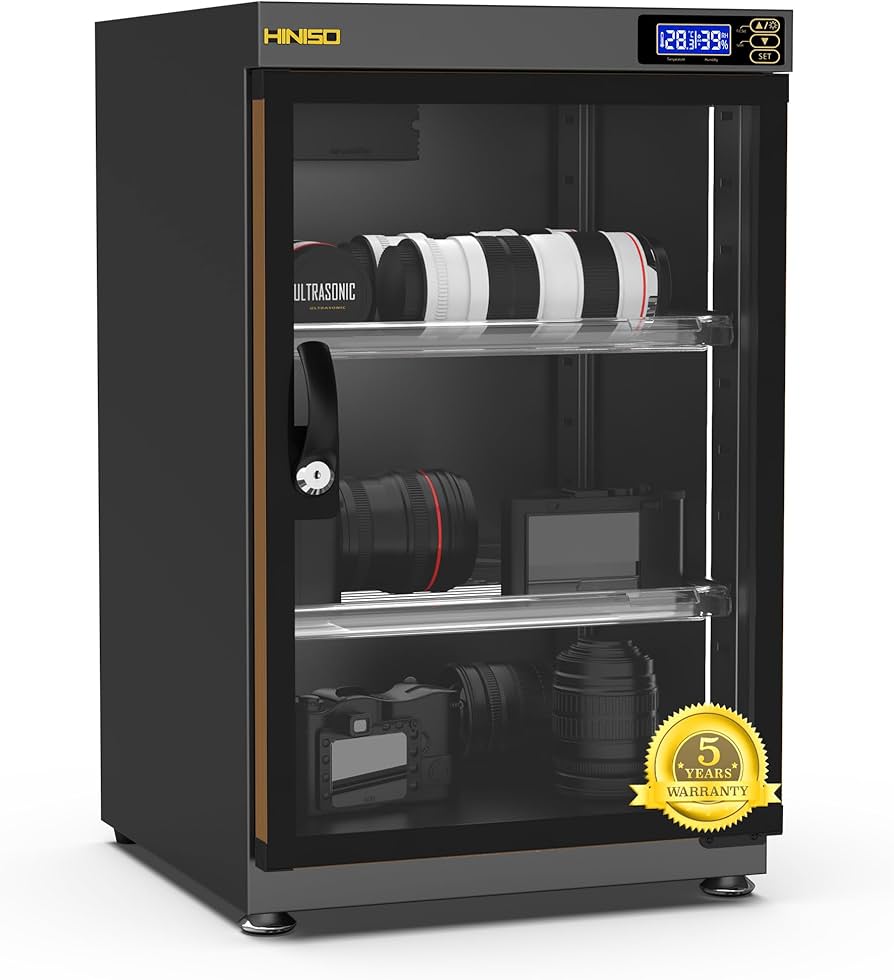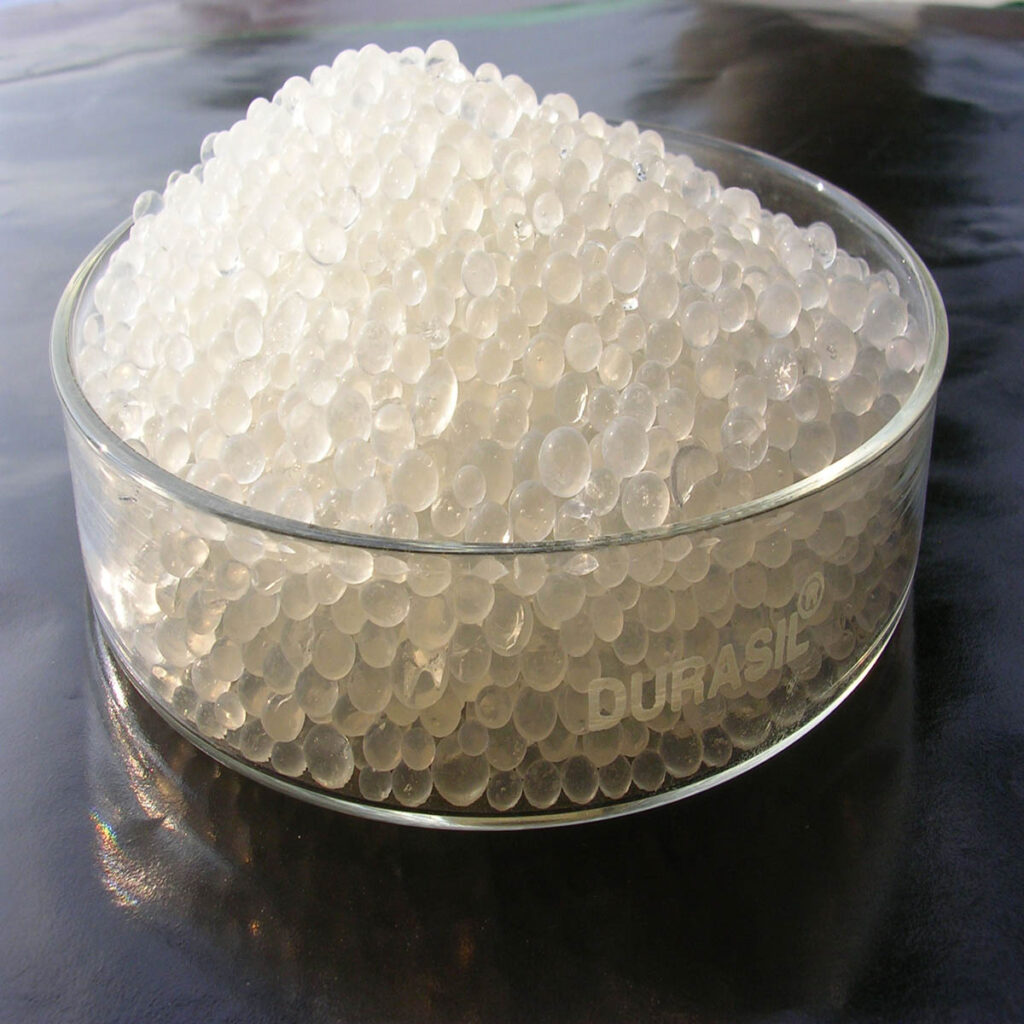Dry Cabinet for Cameras: Essential Storage for Your Camera Gear
A dry cabinet for cameras is a specialized storage solution designed to protect your valuable camera equipment from the harmful effects of moisture and humidity. Whether you’re storing a single camera or an entire collection of lenses and accessories, maintaining the right environment is crucial for preserving the condition and performance of your gear. A dry cabinet works by providing a controlled, low-humidity space that keeps moisture at bay, preventing issues like mold, fungus, and rust.

What is a Dry Cabinet for Cameras?
A dry cabinet for cameras is a storage unit designed specifically to protect your camera equipment from the damaging effects of humidity and moisture. Unlike regular storage boxes, these cabinets are equipped with dehumidification systems that help maintain a low humidity environment, ensuring that your gear stays safe from moisture-related issues like mold, fungus, and rust.
Dry cabinets typically come with adjustable humidity settings, which you can monitor and control. Some cabinets even include built-in features like temperature control and UV sterilization, making them highly effective for long-term storage of valuable camera gear.
How Does a Dry Cabinet for Cameras Work?
A dry cabinet works by using a dehumidifying system to remove excess moisture from the air inside the cabinet. Most dry cabinets use electronic dehumidifiers that continuously absorb moisture, maintaining a dry environment within the cabinet. Some models also include silica gel packs or silica beads, which are natural desiccants that absorb water and prevent humidity buildup.
Here’s how it works in simple terms:
- Humidity Control: The dehumidifier inside the dry cabinet keeps the air dry by removing moisture.
- Adjustable Settings: Many cabinets allow you to set your desired humidity level (typically between 30-50%) depending on the type of equipment you’re storing.
- Temperature Control: Some cabinets also regulate temperature to ensure the optimal storage environment for your gear, preventing condensation from forming inside your camera.
- Air Circulation: Fans inside some models keep the air circulating to prevent pockets of moisture from developing.
Why Do You Need a Dry Cabinet for Your Camera Gear?
A dry cabinet is an excellent investment for anyone who owns expensive camera equipment. Here are several reasons why you should consider using a dry cabinet:
1. Prevents Mold and Fungus Growth
Mold and fungus thrive in humid environments, and they can cause permanent damage to your camera lenses and other equipment. By storing your camera gear in a dry cabinet, you can significantly reduce the risk of mold or fungus growing on your lenses, sensors, or inside the camera body.
2. Protects Against Rust
Rust can form on the metal components of your camera, such as screws, internal wiring, and lens mounts, when exposed to excess moisture. A dry cabinet helps maintain a dry environment, preventing rust and ensuring the longevity of your equipment.
3. Maintains Lens Clarity
Lens fogging is a common issue in areas with high humidity, where condensation can form on the glass. A dry cabinet ensures that your lenses remain clear and free from fogging, ensuring sharp, high-quality photos.
4. Preserves Camera Performance
Prolonged exposure to moisture can cause internal damage to your camera’s electronics and mechanisms. By keeping your camera in a dry, controlled environment, you can preserve its performance and extend its lifespan.
5. Ideal for Long-Term Storage
If you have camera equipment that you don’t use frequently (like backup cameras or lenses), a dry cabinet is perfect for long-term storage. It ensures that your gear is always ready for use without worrying about moisture damage during extended periods of non-use.
Types of Dry Cabinets for Cameras
When shopping for a dry cabinet for cameras, you’ll find various types with different features. Here are the most common options:
1. Basic Dry Cabinets
These are simple, entry-level cabinets that usually feature a passive dehumidification system, such as silica gel packs or moisture-absorbing beads. They are typically more affordable and easy to use, making them suitable for photographers who don’t need advanced features.
2. Electronic Dry Cabinets
These are the more advanced and popular options for camera storage. They come with built-in electronic dehumidifiers, allowing for continuous moisture removal and adjustable humidity settings. Many also include features like temperature control and digital hygrometers to monitor and display the humidity level inside the cabinet.

3. Large Dry Cabinets
Larger dry cabinets are ideal for photographers with extensive collections of camera gear. They offer more space to store multiple cameras, lenses, and accessories, and often come with multiple compartments or shelves to organize your equipment.
4. Compact Dry Cabinets
For photographers with fewer pieces of gear, a compact dry cabinet may be the best choice. These cabinets take up less space but still provide excellent moisture protection for your camera and a few lenses or accessories.
Key Features to Look for in a Dry Cabinet
When choosing a dry cabinet for your camera gear, consider these important features:
- Humidity Control: Look for a cabinet that allows you to adjust and monitor the humidity levels. A digital hygrometer is a useful feature for accurate readings.
- Size and Capacity: Choose a cabinet that fits your current gear and allows for future expansion if you plan to grow your collection.
- Temperature Regulation: Some dry cabinets include a temperature control feature to prevent condensation, which is especially useful in areas with extreme temperature fluctuations.
- Electronic vs. Passive Dehumidification: Decide whether you want an electronic system for continuous moisture removal or a simpler passive system (like silica gel) that needs manual attention.
- UV Sterilization: Some models come with built-in UV light sterilization, which helps kill bacteria, mold spores, and fungi that might be present in your gear.
- Air Circulation: A fan or air circulation system ensures that moisture doesn’t accumulate in pockets inside the cabinet.
How to Use a Dry Cabinet for Camera Gear
To get the most out of your dry cabinet, follow these tips:
- Place Your Gear in the Cabinet: Store your camera and lenses in their respective compartments. If your gear is dusty or dirty, clean it before placing it in the cabinet to avoid transferring dirt into the storage space.
- Monitor Humidity: Check the humidity levels regularly to ensure they remain in the ideal range (30%-50%).
- Recharge or Replace Desiccants: If your dry cabinet uses silica gel or other desiccants, be sure to recharge or replace them when necessary.
- Keep the Door Closed: Try to keep the cabinet door closed as much as possible to maintain the controlled environment. Only open it when needed.
Conclusion
A dry cabinet for cameras is an essential investment for any photographer who wants to protect their valuable equipment from the damaging effects of moisture. Whether you live in a humid environment or want to store your gear long-term, a dry cabinet provides peace of mind by maintaining the right humidity and temperature conditions. With the right care and maintenance, your camera gear will stay safe, functional, and in excellent condition for years to come.
Final Thoughts: If you haven’t already, investing in a high-quality dry cabinet for your camera gear is one of the best ways to safeguard your equipment from moisture damage. With a wide variety of options available, you can easily find one that suits your needs and budget while providing the protection your camera gear deserves.


